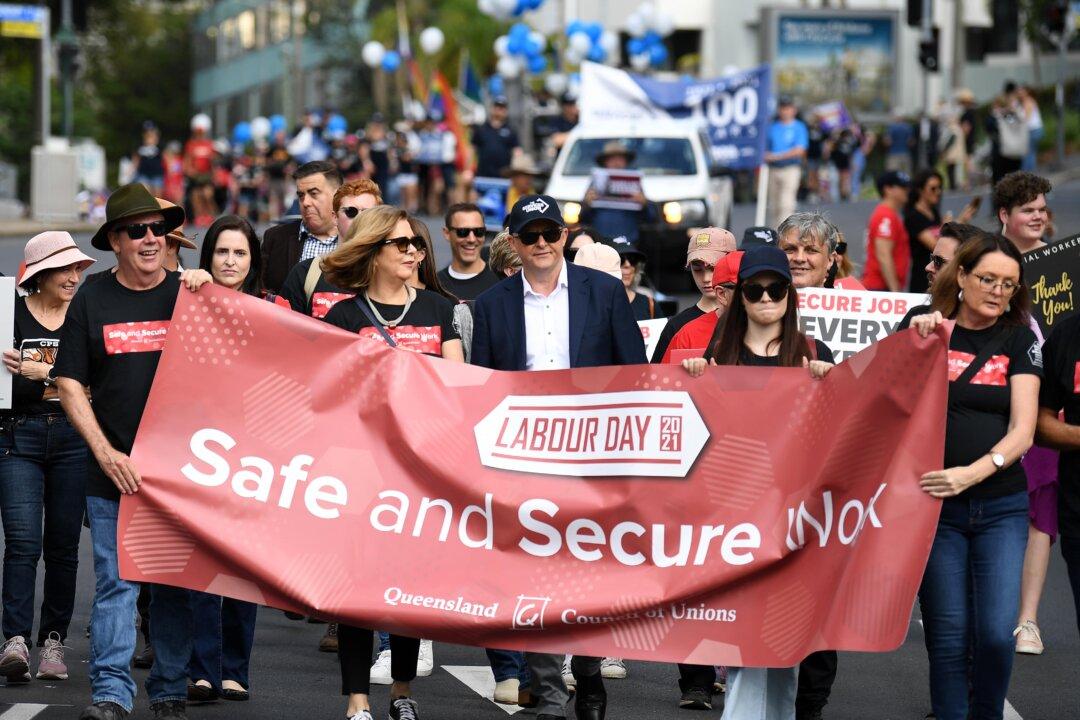Commentary
The Australian Council of Trade Unions’ (ACTU) drive against flexible working arrangements is set to continue throughout the election campaign, with the release of its latest report: “Missing in Action on Secure Jobs.”

The Australian Council of Trade Unions’ (ACTU) drive against flexible working arrangements is set to continue throughout the election campaign, with the release of its latest report: “Missing in Action on Secure Jobs.”